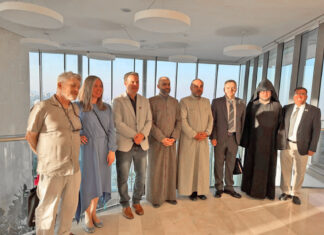WASHINGTON (RFE/RL) — In an amendment to a spending bill welcomed by Armenian-American lobby groups but opposed by Ankara, the House Foreign Affairs Committee said the Turkish authorities should “end all forms of religious discrimination” of the country’s Christian minorities.
The legislation says that they should “return to their rightful owners all Christian churches and other places of worship, monasteries, schools, hospitals, monuments, relics, holy sites, and other religious properties.” It says the Armenian, Greek and Syriac minorities must be able to “preserve, reconstruct, and repair” those properties “without hindrance or restriction.”
“Religious minorities are under grave threat in today’s Turkey,” the AFP news agency quoted Rep. Ed Royce, a Republican from California, as saying during a committee debate.
The Turkish government was quick to criticize the measure. “Turkey opposes the language in the measure because it presents a biased, one-sided perspective and wholly disregards the constructive steps Turkey has taken to safeguard and expand religious freedom and tolerance and to preserve places of worship belonging to Jews and Christians,” Namik Tan, Turkey’s ambassador to Washington, said in a statement.
But the two main Armenian advocacy groups in Washington hailed the almost unanimous committee vote. Bryan Ardouny, executive director of the Armenian Assembly of America, singled out Royce and the two Democratic co-sponsors of the amendment for praise.







